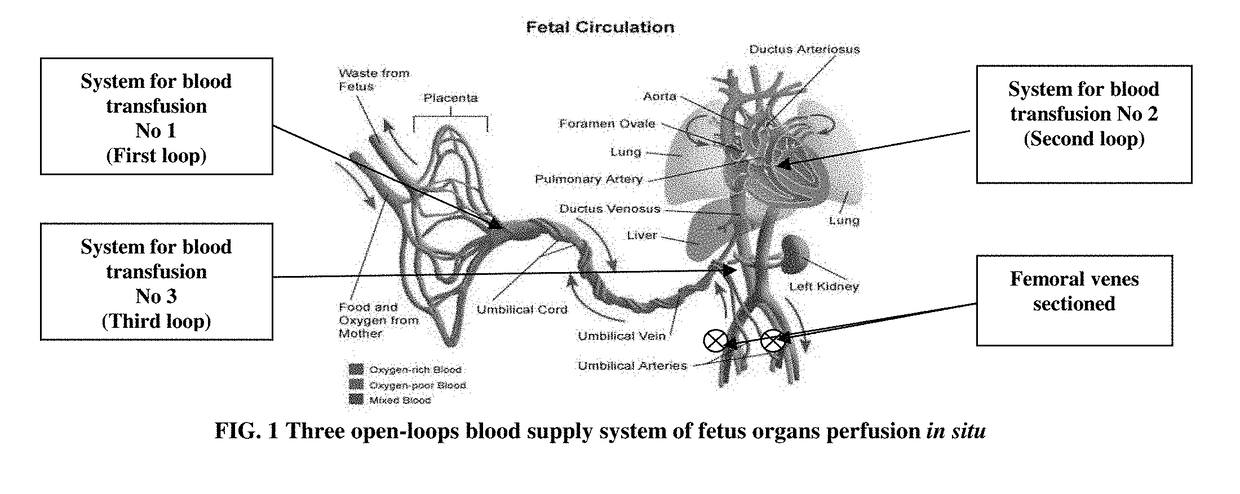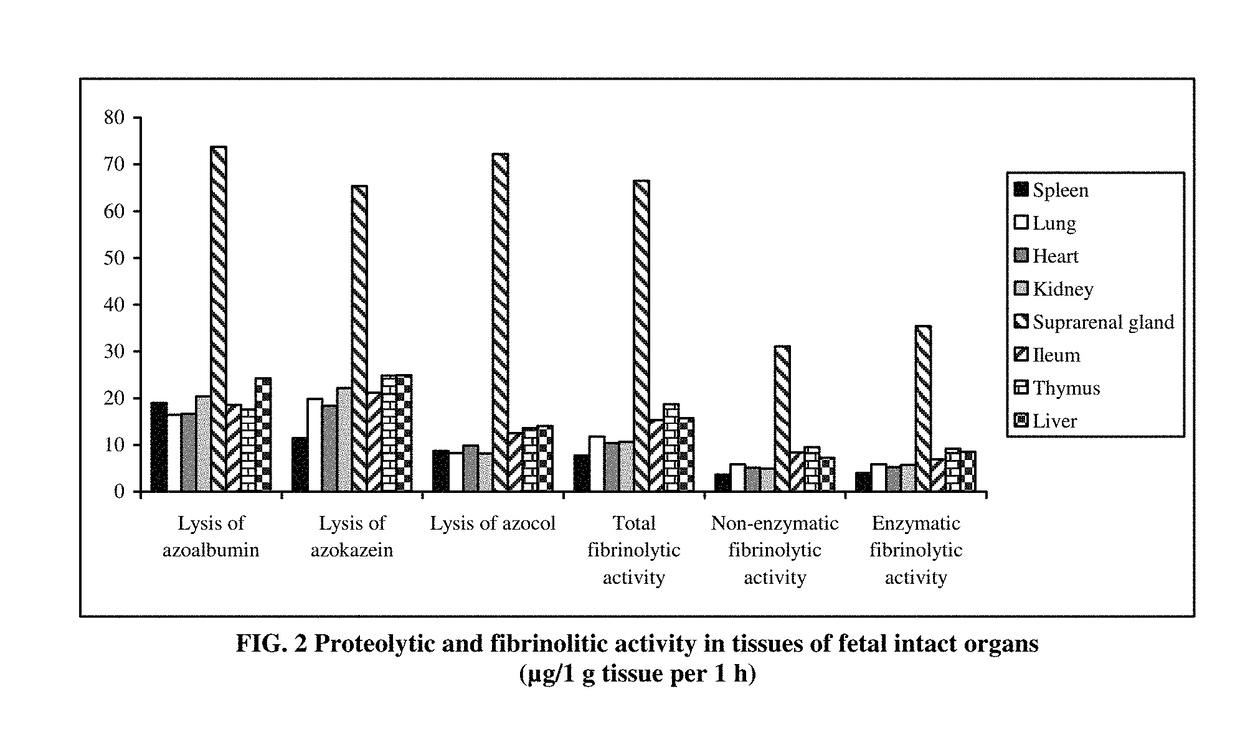Method of Progenitor Cell Isolation From Different Organs by Natural Destruction of Extracellular Matrix
a progenitor cell and natural destruction technology, applied in the field of fetal progenitor cell isolation, can solve the problems of insufficient and inefficient stem cell separation methods, damage to extracellular matrix, and destruction of transmembrane regulatory proteins, and achieve the effect of avoiding toxic and side effects
- Summary
- Abstract
- Description
- Claims
- Application Information
AI Technical Summary
Benefits of technology
Problems solved by technology
Method used
Image
Examples
Embodiment Construction
[0034]Disclosed herein are novel method for procuring progenitor cells: the method involve the use of fetal progenitor cells isolated from the organs of aborted fetuses after medical termination of pregnancy; the fetal progenitor cells are available for therapeutic use in accordance with organ-specific cell therapy and uses known to those skilled in the art. The disclosed invention comprises the isolation of said progenitor cells comprising the use of natural collagenolytic, fibrinolytic and proteolytic activity; in certain embodiments, the collagenolytic, fibrinolytic and proteolytic extract are derived from the tissue of the abortive placenta.
[0035]Biological safety of fetal progenitor cells is provided by stringent control of bacteria, fungus and virus contamination in all stages of production—from procurement of anatomical material of aborted fetus which was destroyed as the result of medical termination of pregnancy till the preparation of cells suspension for study or treatmen...
PUM
| Property | Measurement | Unit |
|---|---|---|
| total volume | aaaaa | aaaaa |
| pH | aaaaa | aaaaa |
| wave length | aaaaa | aaaaa |
Abstract
Description
Claims
Application Information
 Login to View More
Login to View More - R&D
- Intellectual Property
- Life Sciences
- Materials
- Tech Scout
- Unparalleled Data Quality
- Higher Quality Content
- 60% Fewer Hallucinations
Browse by: Latest US Patents, China's latest patents, Technical Efficacy Thesaurus, Application Domain, Technology Topic, Popular Technical Reports.
© 2025 PatSnap. All rights reserved.Legal|Privacy policy|Modern Slavery Act Transparency Statement|Sitemap|About US| Contact US: help@patsnap.com



